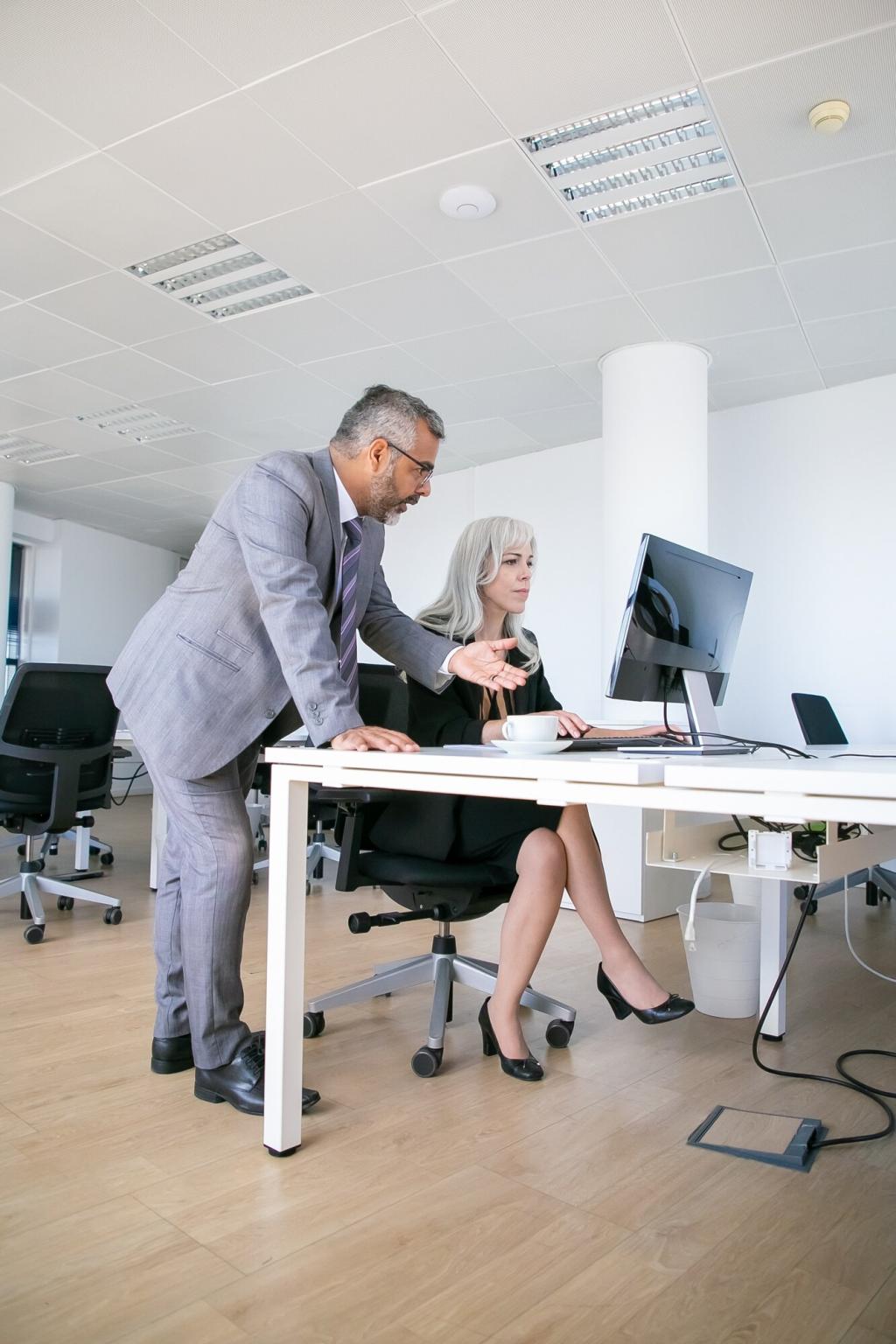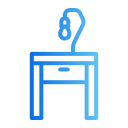Health Benefits of Standing vs. Sitting
Today’s chosen theme: Health Benefits of Standing vs. Sitting. Discover how small posture shifts boost energy, protect your back, support heart health, and add movement to every hour. Subscribe and share your standing wins to inspire our community.
The Science Behind Standing vs. Sitting
Circulation and Cardiovascular Health
When you stand, calf muscles and shifting weight act like pumps, improving venous return and reducing stagnant pooling in the lower legs. That gentle movement supports endothelial function and helps your heart work with less strain than prolonged, motionless sitting demands during long, sedentary stretches.
Metabolic Effects: Glucose, Insulin, and Energy Expenditure
Prolonged sitting can dampen enzymes that handle fats and sugars. Short standing breaks, especially after meals, encourage mild muscular activity that steadies blood glucose and nudges energy expenditure upward without a formal workout. These small changes accumulate, improving metabolic flexibility across ordinary days.
Musculoskeletal Alignment and Back Health
Hours of chair time tighten hip flexors and round shoulders, stressing lumbar discs and the neck. Alternating with standing opens the hips, recruits core stabilizers, and can relieve the dull, creeping ache that often arrives after long sessions at a screen or on the couch.
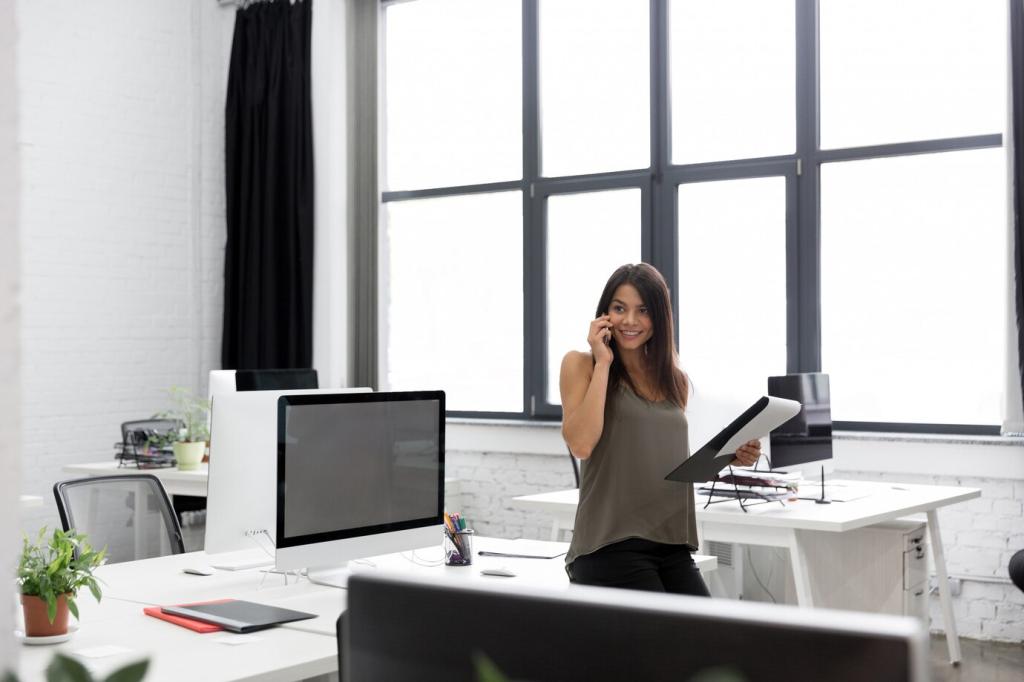
Microbreak Rhythm
Set a friendly timer or use a watch reminder to stand, stretch, or stroll for a couple of minutes every half hour. The brief reset refreshes posture, wakes sleepy muscles, and protects attention without derailing your workflow, meetings, or creative momentum when deadlines loom unexpectedly.
Desk Setup Essentials
If you use a sit-stand desk, adjust height so elbows rest near ninety degrees and screens meet eye level. Keep frequently used items within easy reach to prevent awkward leaning. A tidy, ergonomic layout reduces strain and makes returning to standing feel natural throughout the day.
Footwear and Surfaces
Cushioned shoes and an anti-fatigue mat soften the load on feet and knees while standing. Rotate foot positions, shift weight, and occasionally rest one foot on a small box to distribute pressure evenly. These small adjustments keep your lower back relaxed and comfortable during longer tasks.
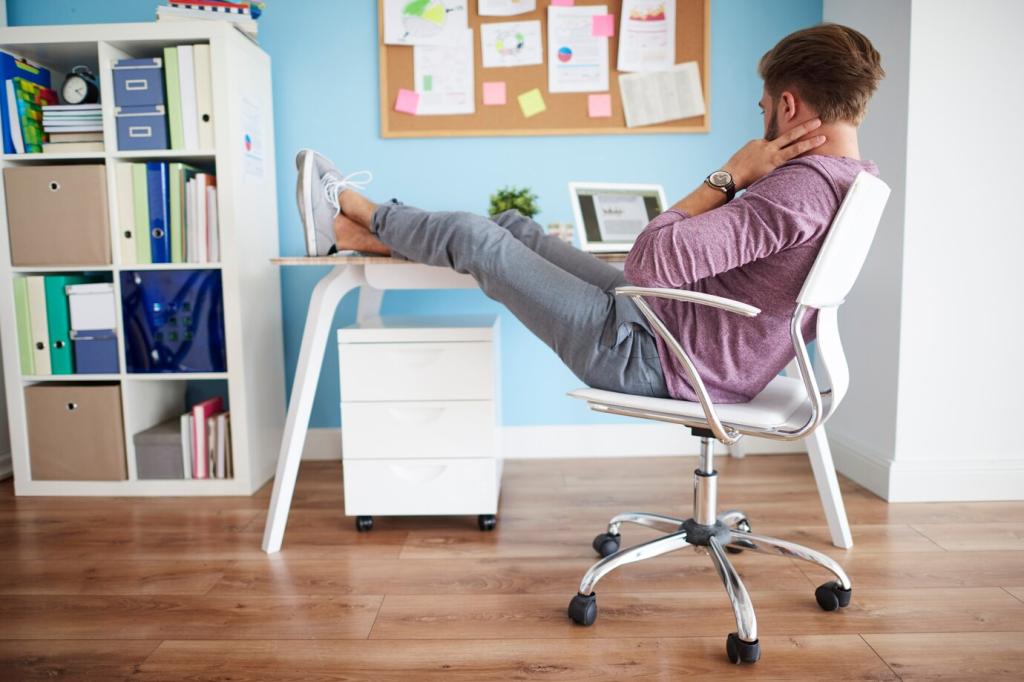
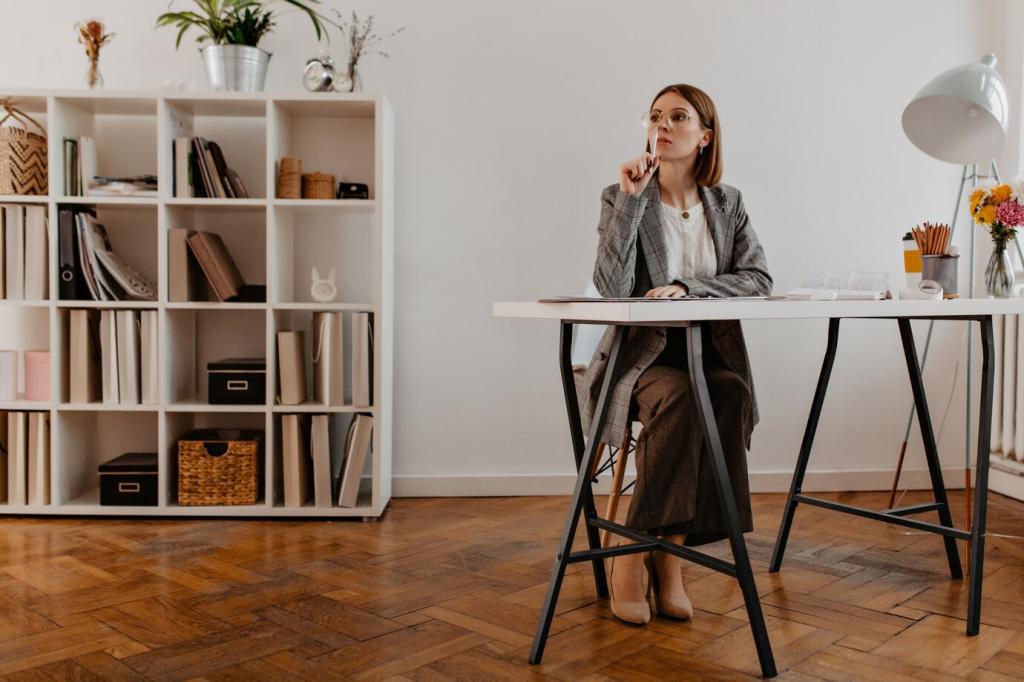
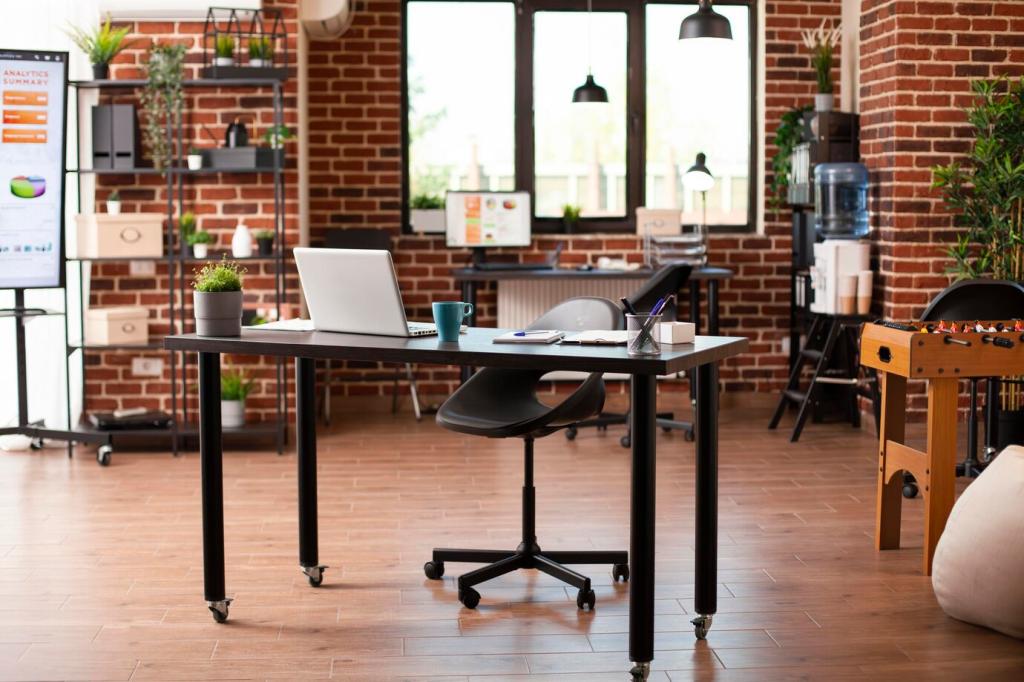
Activity Snacks That Multiply Benefits
NEAT Adds Up
Non-exercise activity thermogenesis includes every small movement outside formal workouts. Standing while sorting papers, shifting weight during calls, and taking stairs add meaningful calories burned and keep joints nourished throughout long days at home, in the office, or while traveling for work.
Two-Minute Mobility
While standing, cycle through ankle rocks, calf raises, shoulder rolls, and gentle hip hinges. Two minutes unlock tight tissues, refresh circulation, and prime your spine for more comfortable sitting afterward, making both positions feel better and more productive over the course of your day.
Walking Conversations
Turn one meeting or call into a short walk, even indoors. The change of scenery plus light movement often sparks new ideas and eases social tension, making collaboration smoother and outcomes clearer without adding extra time or complexity to your already busy calendar.
Rotate, Don’t Marathon
Long bouts of standing can irritate feet, knees, and veins. Alternate positions, bend your knees softly, and sit when fatigue sets in. The healthiest pattern is a dance between postures, not a rigid contest to stay upright through discomfort or stubborn personal records.
Listen for Body Signals
Tingling toes, stiff ankles, or a cranky lower back are invitations to move, stretch, or sit. Respect those early whispers and you will avoid louder complaints that arrive after hours of forcing a single posture, especially on hard floors or in unsupportive shoes.
Special Considerations
If you have joint pain, circulatory issues, pregnancy, or balance concerns, ask a clinician for personalized guidance. With tailored adjustments, you can still harness standing’s upsides while protecting vulnerable areas and setting realistic, sustainable expectations that respect your body’s current needs.
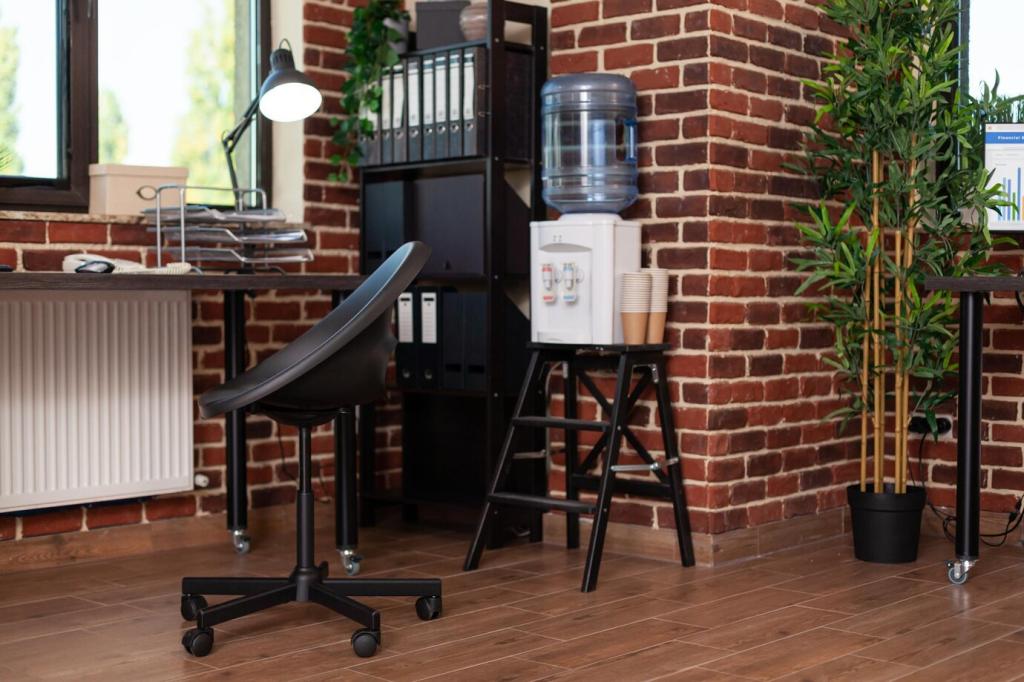
Stand Smart at Home and On the Go
Stand during commercials, stretch between episodes, or try a floor cushion to vary positions. You may be surprised how quickly small swaps add energy without sacrificing comfort, story time, or connection with friends and family during relaxing evenings at home.
